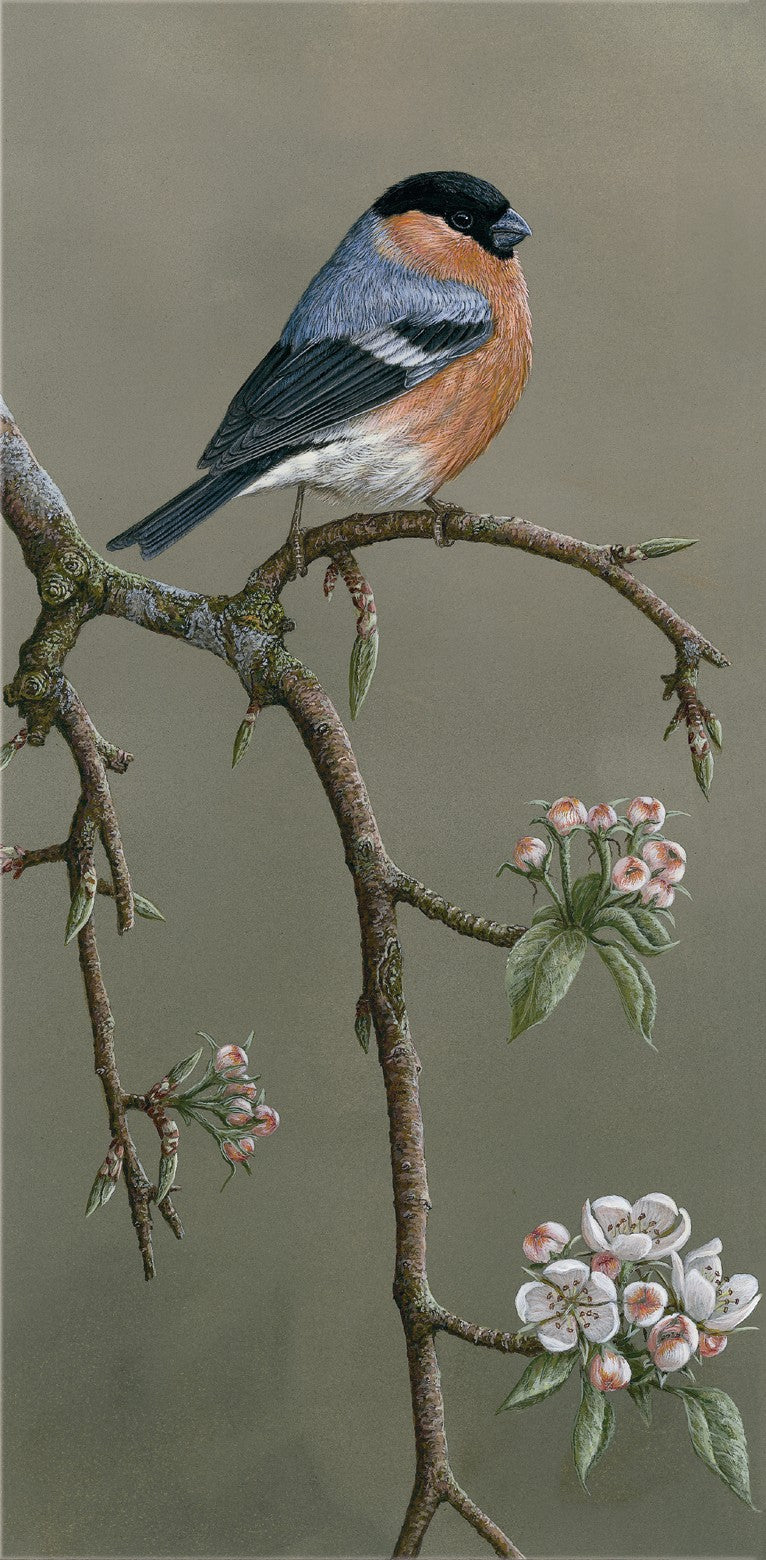 Bullfinch on Apple Blossom, by Robert E Fuller
Bullfinch on Apple Blossom, by Robert E FullerThis weekend birdwatchers and novices alike will flock to Spurn Point for the Migration Festival. This weekend-long event, which includes talks and guided walks, celebrates the annual autumn migration of birds, when 1,000s of birds leave our shores to begin their epic journeys south for the winter.
This unique finger of land hooks round the Hull estuary at Yorkshire's most easterly point and provides a natural landing stage for birds about to set off across the sea. A few years ago the sea washed over the middle section of this long spit of land, turning the nobbled, finger-like end of the point into an island at high tide. Spurn is so remote it really is one of the county's last remaining 'wild' places and its tip can now only be reached on foot or via an all-terrain vehicle organised by the Yorkshire Wildlife Trust, which owns part of this nature reserve.

This is one of the best places in the country to watch birds as they gather here in huge numbers to feed up and get ready for their final launch across the North Sea and across Europe on their way to Africa. Seeing them flock against the skyline is really spectacular.
I visited a few years ago in late October when those birds that spend their summers in northern Europe and Scandinavia were arriving here for the winter. The experience was equally spellbinding and if you miss the migration away from Britain this month I recommend visiting again in October and November to see the migration to our shores instead.
The unique shape of Spurn Point means that when visiting birds arrive they don't disperse as quickly as they would if they had landed on the main land. And the landscape is overgrown allowing these birds enough cover and food to give them a chance to recover from the long flight across the north sea from Scandinavia. I saw redwings, fieldfares and plenty of familiar birds, including two chaffinches that were taking a rest after their long flight in. I actually saw one female fly in off the sea and collapse exhausted onto the road in front of me with her wings out. I helped her onto the edge of the road where she slowly recovered and then flew off into a nearby bush.
The birds are often so tired from their journeys that you can get quite close. This male bullfinch let me within a few feet as it fed on nettle seeds.
I spotted this trap whilst I was there. It is used by the British Trust of Ornithology to catch and ring birds for migration studies. But a local sparrowhawk had better ideas for its use. I saw one rush in and as it did so all the birds scattered and got trapped by the wire. She then picked off a brambling and headed out again with her prize.














